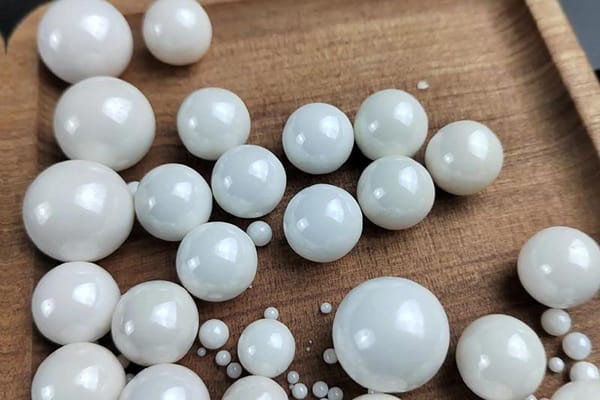Application Case Sharing: Analysis of Domestic and International Microsilica Projects
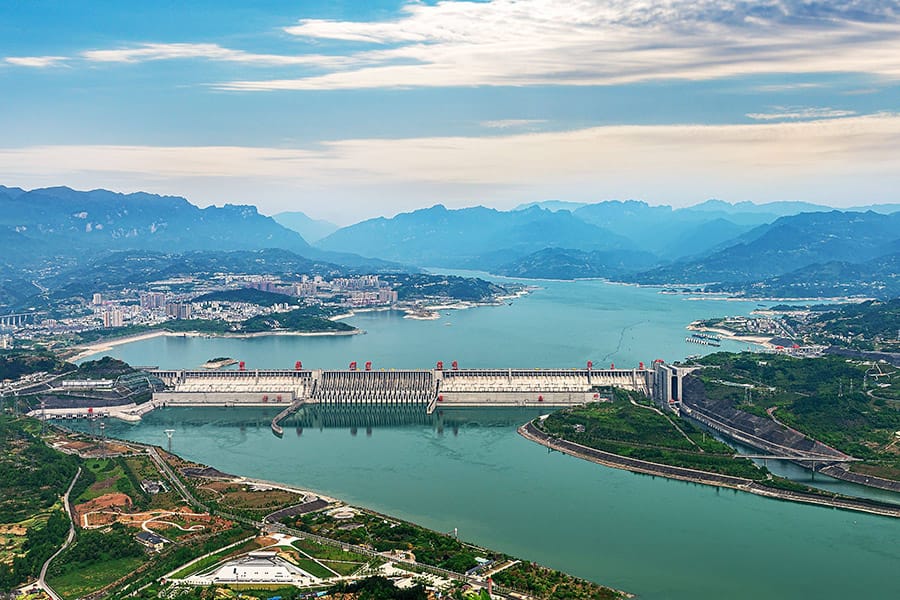
Microsilica (silica fume) has been widely adopted in both domestic (China) and international construction projects to enhance concrete properties such as compressive strength, abrasion resistance, impermeability, and durability. Domestically, microsilica has played a critical role in the successful application of high-strength concrete for major bridges, dams, power stations, and hydraulic structures, notably in the Chongqing Dafosi Yangtze River Bridge, Three Gorges Power Station, Ertan Power Station, and others. Internationally, leading projects—including Singapore’s Marina Coastal Expressway, Penang Bridge (Malaysia), Hong Kong’s Tsing Ma Bridge, and high-rise towers in East and Southeast Asia—have utilized microsilica to meet stringent performance requirements, such as rapid early strength gain and enhanced durability in harsh environments.
Domestic (China) Microsilica Projects
2.1 High-Strength, High-Performance Concrete in Bridge Construction
- Chongqing Dafosi Yangtze River Bridge
In 2022, a specialized research group from the China Railway Bridge Bureau developed a 60 MPa microsilica-modified high-strength concrete for the main girder of the Chongqing Dafosi Yangtze River Bridge, which features a 450 m main span and adopts an advanced cantilever casting and docking method. After rigorous orthogonal involving material proportions, the final mix demonstrated high early and long-term strength, stability, and durability. Test results showed that this microsilica concrete exceeded the performance of similar foreign products used in the Normandy Bridge in France and the Tsing Ma Bridge in Hong Kong. - Bridge Applications Summary The use of microsilica in bridge girders addresses severe requirements for high early strength (to resist formwork removal loads), low permeability (to prevent steel corrosion), and enhanced long-term durability in humid river-crossing environments. By filling microvoids and refining the pore structure, microsilica‐modified concrete ensures a denser matrix, thus reducing chloride ingress and improving resistance to freeze-thaw cycles and abrasion from high wind speeds at the deck level.
2.2 Hydraulic and Hydropower Structures
- Three Gorges and Ertan Power Stations
Microsilica-enriched concrete has been extensively used in large hydropower projects such as the Three Gorges Power Station (Hubei) and Ertan Power Station (Sichuan). When subjected to high-velocity water flows (exceeding 48 m/s) in diversion channels, surge tanks, and under-structure gates, microsilica concrete showed abrasion resistance improvements of at least 1.5–3 times compared to ordinary concrete. This enhancement is attributed to a denser C-S-H gel formation and the reduction of capillary pores, which provides superior resistance against cavitation and erosion. - Zipingpu, Yellow River Xiaolangdi, Fujian Shuikou, Qinghai Longyangxia
In projects such as the Zipingpu Water Control Project (Sichuan), Yellow River Xiaolangdi (Shandong), Fujian Shuikou, and Qinghai Longyangxia Power Stations, microsilica’s inclusion in concrete mixes significantly improved impermeability and chemical resistance. These structures face aggressive chloride and sulfate exposures. Studies report that microsilica decreased chloride ion diffusion coefficients by over 50 % and improved sulfate resistance by up to fourfold compared to control mixes. - Key Benefits in Hydraulic Projects
- Abrasion Resistance: Concrete incorporating 5–10 % microsilica exhibited up to a 300 % increase in micropore reduction, translating to superior abrasion resistance in penstocks and gate structures.
- Impermeability: Pore refinement led to an 18-fold improvement in impermeability, crucial for structures continuously in contact with high-velocity water.
- Crack Mitigation: By reducing temperature differentials during hydration, microsilica controls thermal cracking in massive pours, ensuring long-term integrity.
2.3 Industrial, Civil, and Traffic Engineering
- High-Rise Buildings and Industrial Plants
Microsilica concrete’s early strength gain (reaching 80 % of 28-day strength within 3–5 days) enabled faster formwork turnover in industrial plants and high-rise buildings. In China, numerous industrial complexes and residential towers over 100 m high have implemented microsilica concrete to reduce section sizes and accelerate construction schedules. - Highway Pavements and Airport Runways
In traffic engineering, microsilica concrete has been used for highway overlays and airport runways. In Fujian Province, early-strength concrete with 8 % microsilica opened to traffic in 3 days versus 28 days for ordinary mixes, while demonstrating up to 2.5 times better wear resistance under wheel loads. - Shotcrete Applications
In tunneling and mining shotcrete, replacing 20–30 % of fly ash with microsilica improved cohesion and reduced rebound rates by over 40 %. European norms (e.g., Norway, Sweden) mandate 75 % of shotcrete mixes to contain microsilica, a practice increasingly adopted in Chinese metro tunneling projects in Chongqing and Shenzhen.
3. International Microsilica Projects
3.1 Major Bridges and Traffic Infrastructure
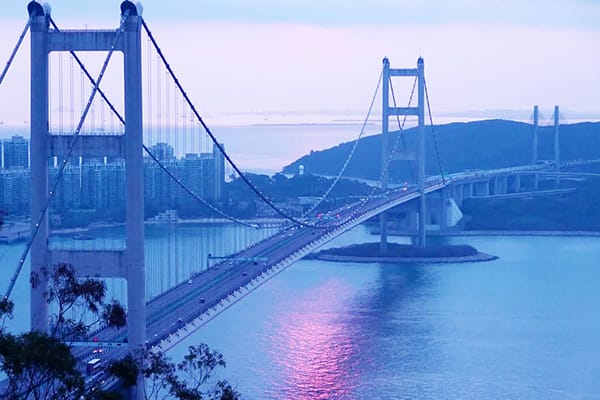
- Tsing Ma Bridge (Hong Kong)
Completed in 1997, the Tsing Ma Bridge was one of Asia’s earliest large-scale uses of microsilica to improve durability against a marine environment. The inclusion of 8 % microsilica improved the concrete’s resistance to chloride penetration and carbonation, which is crucial for the bridge’s steel box girder sections exposed to humid, saline conditions. - Penang Bridge (Malaysia) & Marina Coastal Expressway (Singapore)
In Malaysia’s Penang Bridge (opened in 1985) and Singapore’s Marina Coastal Expressway (opened in 2013), Elkem microsilica was added at 5–7 % replacement levels. The resulting concrete exhibited high early strength (above 60 MPa at 7 days) and low permeability, ensuring resilience in tropical climates with frequent heavy rainfall and high humidity. - Singapore MRT Underground Stations
Most underground Mass Rapid Transit (MRT) lines in Singapore employed microsilica concrete for tunnel linings and station cores. The high fineness of microsilica reduced bleeding and segregation during tunnel boring machine (TBM) operations, while the improved cohesion minimized water ingress in the permeable soil strata.
3.2 High-Rise Buildings and Commercial Complexes
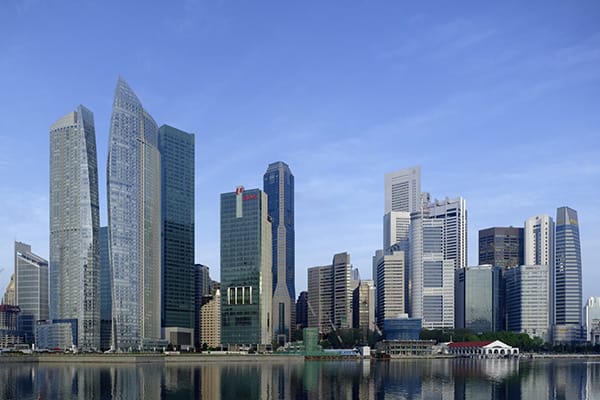
- Comfort Towers (Tokyo, Japan)
The Comfort Towers complex in Tokyo incorporated 10 % microsilica by cement weight to attain 100 MPa class high-strength concrete. This enabled slimmer column sections, maximizing usable floor space in a dense urban environment. Early-age (3-day) strength tests showed 80 MPa, shortening the construction cycle by nearly 20 %. - International Commerce Centre (ICC) & City Plaza (Hong Kong)
Hong Kong’s ICC (484 m tall) and City Plaza diversified their concrete mixes with 7–10 % microsilica to achieve high early strength (exceeding 90 MPa by 28 days) and reduce creep in the slender core walls. The improved modulus of elasticity (up by 15 %) reduced differential settlement in the 118-floor ICC tower. - Keangnam Hanoi Landmark Tower (Hanoi, Vietnam)
At 72 stories, Southeast Asia’s then-tallest building used high-strength microsilica concrete (target 80 MPa) for its core and outriggers. The ultrafine particles of microsilica reduced water demand by 10 %, leading to reduced shrinkage and enhanced long-term stability under seismic loading. - The Sail @ Marina Bay (Singapore)
This 70 storey residential twin tower (completed 2011) implemented a microsilica dosage of 8 % to achieve high-strength (70 MPa) and low-permeability concrete in its podium slab, which is exposed to high humidity and occasional acid rain. Over 50,000 m³ of microsilica concrete was poured, demonstrating consistent early-age performance despite Singapore’s hot climate. - Lotte World Tower (Seoul, South Korea)
South Korea’s tallest skyscraper (555 m, completed 2016) is another exemplar of microsilica use. A 9 % microsilica replacement achieved target strengths of 100 MPa for core walls and transfer girders. Durability tests indicated a 40 % reduction in chloride ion diffusion compared to control mixes, guarding against steel corrosion in the humid East Asian climate.
3.3 Shotcrete for Tunneling and Mining
- Indonesia and Australian Mines
In Southeast Asia and Australia, over 60 % of shotcrete mixes in underground mines contain microsilica at 15–20 % replacement levels. The addition reduced rebound rates to below 10 % (from 25 %) and enhanced adhesion on rough rock surfaces, enabling thicker single-pass layers (up to 150 mm) with improved compressive strength (~60 MPa at 28 days).
3.4 Ports and Saltwater Projects
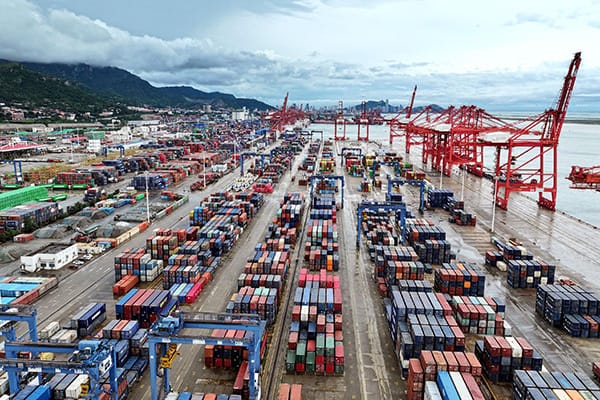
- Lianyungang Timber Terminal (Jiangsu, China)
Although domestic, this marine terminal highlights international best practices. A 7 % microsilica mix enhanced concrete’s resistance to chloride penetration and sulfate attack in tidal zones. The ACI 201.2R service life estimation projected over 100 years of uninterrupted service life. - Hong Kong Tsing Ma Sea Bridge (Marine Portions)
Beyond its domestic context, the Tsing Ma Sea Bridge also serves as a reference for international marine applications. Here, microsilica concrete reduced chloride diffusion coefficients by 60 % compared to ordinary mixes, significantly prolonging the anti-corrosion service life in saline conditions.
Technical Performance: Why Microsilica Outperforms
| Property | Standard Value | Industrial Benefit |
|---|---|---|
| SiO₂ Purity | 85–99% min | Enhanced reactivity |
| Particle Size | 0.1–0.3 μm | Pore-filling efficiency |
| Loss on Ignition | ≤3% | Stability at high temps |
Data sourced from ASTM-certified tests of Henan Superior Abrasives microsilica grades
Microstructural analysis confirms: Aluminium matrix composites (e.g., A356-7% microsilica) processed via compocasting show 50% higher wear resistance than traditional alloys, ideal for aerospace components
Why Partner with Henan Superior Abrasives?
For over a decade, we’ve supplied high-purity microsilica (ISO/ASTM-compliant) to 30+ countries. Our products include:
- Densified Silica Fume 85–96%: Optimized for concrete.
- Undensified Silica Fume 85–99%: Tailored for refractories applications.
Contact our team for a free sample
- Email: sales@superior-abrasives.com
- WhatsApp: +86-18638638803
You might also be interested in…
Contact Us
Get Free Quotation
Founded in 2001, HSA is a leading provider of Silica Fume and Abrasives in China, and also the premium source of high-performance Products for concrete and abrasives industries.



